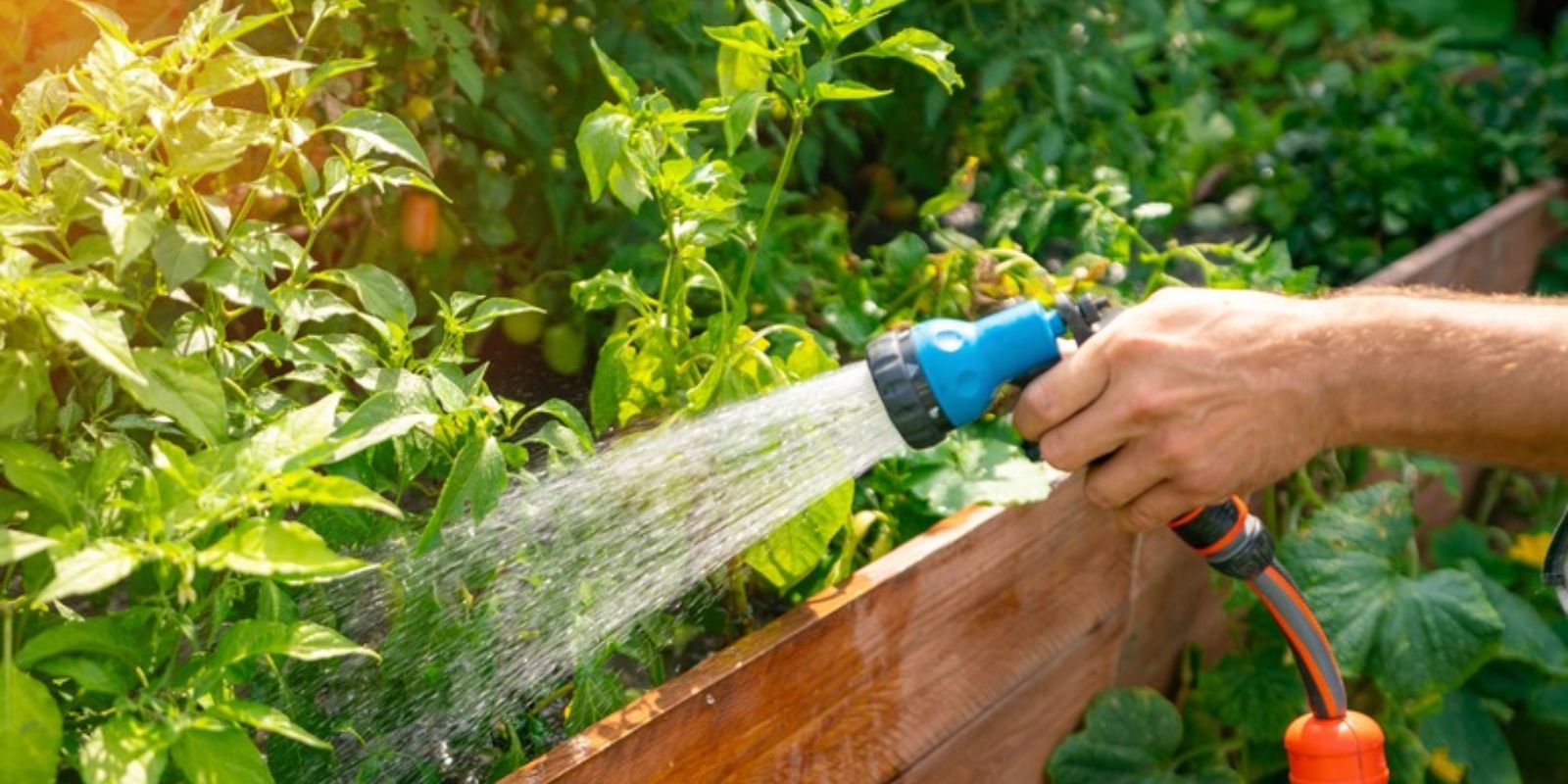Watering is a fundamental aspect of gardening that directly influences plant health, growth, and productivity. While it might seem straightforward, the timing of watering plays a crucial role in ensuring that plants receive the maximum benefit. Watering at the right time can help conserve water, reduce disease risk, and enhance plant vitality. In this comprehensive guide, we’ll explore the best times to water your plants and provide tips for optimizing your watering routine.
Why Timing Matters
Understanding the timing of watering is essential for several reasons:
- Minimized Evaporation: Watering at the right time minimizes water loss due to evaporation, ensuring that more water reaches plant roots.
- Disease Prevention: Proper timing can help prevent the growth of fungal diseases that thrive in damp, warm conditions.
- Efficient Water Use: Efficient watering practices conserve water and reduce the need for frequent irrigation.
The Best Time to Water Your Plants
1. Morning Watering: The Optimal Choice
1.1. Early Morning Benefits
Watering your plants early in the morning, ideally between 6 AM and 10 AM, offers several advantages:
- Reduced Evaporation: Morning temperatures are cooler, which means less water evaporates from the soil. This allows plants to absorb more moisture.
- Increased Absorption: Watering before the heat of the day allows the soil to soak up the moisture, making it available to plant roots throughout the day.
- Prevention of Disease: Morning watering gives plants time to dry off before the cooler evening temperatures set in, reducing the risk of fungal infections and other moisture-related diseases.
1.2. How to Implement
- Set a Routine: Establish a regular watering schedule that fits within the early morning window. Aim to water before the sun is too high in the sky.
- Use Efficient Tools: Consider using drip irrigation systems or soaker hoses to deliver water directly to the root zone with minimal evaporation.
2. Avoiding Midday Watering
2.1. Why Midday Watering Is Less Effective
Watering during the hottest part of the day, typically between 10 AM and 4 PM, is generally less effective due to:
- High Evaporation Rates: The sun’s intensity increases water evaporation, causing much of the moisture to be lost before it reaches the roots.
- Heat Stress: Watering during peak heat can stress plants further, especially if they are already struggling with high temperatures.
2.2. Alternative Strategies
- Monitor Soil Moisture: Use a soil moisture meter to determine if watering is needed during midday. Often, the soil will have sufficient moisture from early morning watering.
- Water During Cooler Periods: If morning watering isn’t feasible, opt for early evening watering instead of midday.
3. Evening Watering: An Alternative Approach
3.1. Benefits of Evening Watering
Watering in the early evening, just before dusk, can be a suitable alternative if morning watering is not possible:
- Reduced Evaporation: Like morning watering, evening temperatures are cooler, which means less water will evaporate.
- Consistent Moisture: Evening watering provides a steady supply of moisture to the soil overnight, preparing plants for the next day.
3.2. Considerations and Precautions
- Avoid Late-Night Watering: Watering too late can leave plants wet overnight, which can create a favorable environment for fungal diseases and pests.
- Adjust for Humidity: High humidity during evening watering can exacerbate disease issues. Monitor local weather conditions to ensure your watering practices align with the environment.
4. Adapting to Weather Conditions
4.1. Rainy Days and Watering Adjustments
On rainy days, it’s essential to adjust your watering schedule:
- Skip Watering After Rain: Avoid watering immediately after rain, as the soil will already be saturated.
- Check Soil Moisture: Use a soil moisture meter or test the soil with your hand to determine if additional watering is necessary.
4.2. Drought Conditions
During periods of drought or extreme heat, consider the following:
- Water Deeply: When you do water, ensure you water deeply to encourage roots to grow deeper and access moisture.
- Water Early or Late: Stick to early morning or late evening watering to maximize water use efficiency.
5. Tips for Effective Watering
5.1. Know Your Soil
Understanding your soil type is crucial for effective watering:
- Clay Soils: Retain water well but can become waterlogged. Water less frequently but more deeply.
- Sandy Soils: Drain quickly and may require more frequent watering. Water lightly but more often.
5.2. Use Mulch
Applying mulch around plants helps retain soil moisture, reduce evaporation, and regulate soil temperature:
- Types of Mulch: Use organic mulches like straw, wood chips, or compost. Avoid using plastic mulch in hot climates as it can increase soil temperature.
5.3. Implement Efficient Watering Systems
Consider using irrigation systems that minimize water waste:
- Drip Irrigation: Delivers water directly to the root zone, reducing evaporation and runoff.
- Soaker Hoses: Provide a slow, steady release of water along the length of the hose, ensuring even moisture distribution.
Troubleshooting Common Watering Issues
1. Overwatering:
Overwatering can lead to root rot and other plant health issues. Ensure proper drainage and monitor soil moisture levels to avoid overwatering.
2. Underwatering:
Signs of underwatering include wilting and dry soil. Adjust your watering schedule to ensure plants receive adequate moisture.
3. Uneven Watering:
If some areas of your garden are not receiving enough water, adjust the placement of your irrigation system or watering routine to address these dry spots.
Conclusion
Timing your watering is essential for promoting plant health and conserving water. By watering in the early morning or early evening, avoiding midday watering, and adapting your practices to weather conditions, you can ensure your plants receive the optimal amount of moisture. Implementing these strategies will help you maintain a thriving garden, reduce water waste, and enhance plant growth.
Motivational Sentence: Transform your garden with the power of perfect timing—start watering at the optimal times today and watch your plants flourish like never before! 🌿💦 #GardenCare #WateringTips #GreenThumb #OptimalWatering #PlantHealth #GardenHacks #HomeGardening

